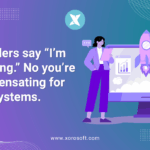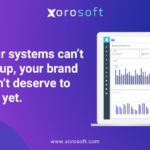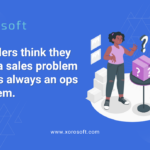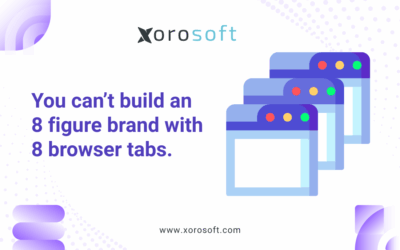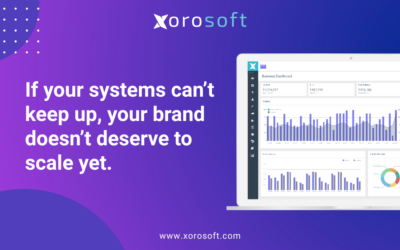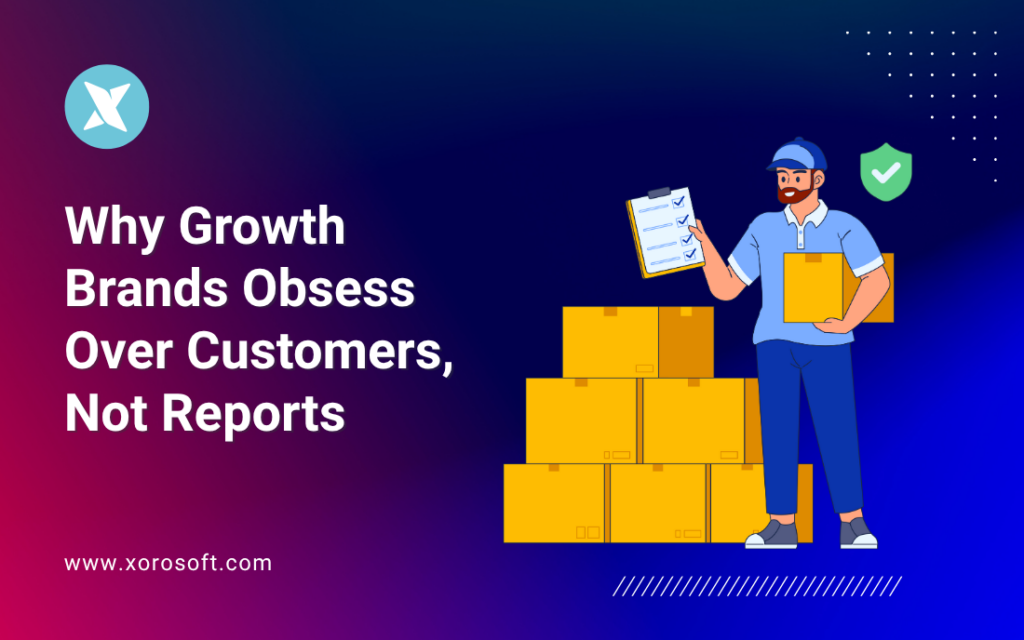
Why Customer-Centric Operations Define Modern Growth Brands
In today’s fast-moving DTC and omnichannel world, brands win by mastering customer-centric operations—systems that prioritize customers over reports.
When every process revolves around the customer journey, teams move faster, data becomes clearer, and growth becomes sustainable.
Moreover, the best operators now measure success by how quickly they turn insights into action rather than by how many dashboards they review.
As a result, they anticipate issues earlier, serve customers better, and protect margins.
The Real Goal: Growth Without Reporting Chaos
Every ambitious leader aims to spend more time on growth and less time validating numbers.
They want clarity, not clutter; speed, not second-guessing.
Therefore, when customer-centric operations replace fragmented workflows, alignment follows naturally.
In addition, teams stop chasing spreadsheets and start focusing on what customers truly feel.
Consequently, growth becomes the outcome of empathy plus execution.
What Quietly Slows Teams Down
Most operators believe more data will fix performance.
However, the core bottleneck is often disconnection, not information.
Here’s what slows teams down:
-
Too many dashboards, not enough direction. Each meeting starts with numbers yet ends without action.
-
Disconnected systems across Shopify, Amazon, WMS, and spreadsheets. Stories don’t match, so decisions stall.
-
Delayed fulfillment visibility. Problems surface only after the customer already feels the pain.
-
Constant firefighting. Leaders explain reports instead of improving workflows.
As a result, momentum fades.
In addition, creativity takes a back seat to crisis management.
How Reporting Culture Drains Momentum
At first, reporting feels empowering.
However, as brands scale, it quietly becomes a drag on decisions.
Reports multiply and metrics overlap; therefore, projects slow despite having more data.
Instead of learning from customers, teams debate whose number is “right.”
In the end, the customer waits while the org reconciles dashboards.
In short, when reports take center stage, the customer fades from view.
That is precisely why modern brands rebuild around customer-centric operations and a single question: How does this improve the customer experience?
What Customer-Centric Operations Look Like in Action
Customer-centric operations connect ERP, WMS, Shopify, Amazon, and accounting around one consistent truth: the customer’s experience.
For example, inventory syncs automatically across channels, so overselling disappears.
Meanwhile, fulfillment teams react instantly because real-time alerts replace manual checks.
Moreover, support answers confidently, seeing exactly what customers see.
Finally, finance forecasts accurately, since accounting data updates live.
Consequently, customers enjoy reliability, and teams gain time to innovate.
In addition, leaders spend fewer cycles on reconciliation and more on strategy.
A Simple Playbook for Building Customer-Centric Operations
Use this seven-step framework to move from reactive management to proactive excellence.
Each step pairs a clear goal with an action and a measurable result.
| Goal | Action | Metric |
|---|---|---|
| Unify all channels | Connect ERP + Shopify + Amazon | Single source of truth |
| Reduce manual reporting | Automate analytics & alerts | 80% faster reporting |
| Improve fulfillment accuracy | Centralize WMS + order data | 99% pick accuracy |
| Increase customer retention | Real-time CX dashboards | +15% NPS |
| Shorten cash cycles | Integrate accounting + inventory | DSO ↓ 20% |
| Empower teams | Enable self-serve ERP insights | 50% fewer Slack requests |
| Focus on growth | Shift ops from reports to optimization | 30% faster decisions |
Furthermore, once the foundations are set, improvements compound.
Therefore, each solved bottleneck unlocks the next win.
Proof in Action: How a Fashion Brand Reclaimed Its Time
A mid-sized apparel brand ran five Shopify stores and an Amazon channel on spreadsheets.
Operations meetings were dominated by mismatched numbers and late shipments.
After implementing customer-centric operations with Xorosoft ERP, results changed quickly:
-
Order accuracy improved from 95% → 99.7%.
-
Reporting time dropped from 2 days → 30 minutes.
-
NPS increased 12 points in a single quarter.
Consequently, the COO shifted from checking reports to coaching teams.
In other words, automation turned reporting time into growth time.
How to Build Customer-Centric Operations in 7 Days
Rather than making the process overwhelming, take a gradual approach.
Here’s a simple seven-day roadmap that brings results quickly:
Day 1 – Start by identifying pain points.
Begin with obvious issues such as late deliveries, stockouts, and refund delays. As you list them, note how each affects the customer experience.
Next, during Days 2–3, map every connected tool.
Review Shopify, ERP, WMS, and accounting systems carefully to locate gaps. Consequently, you’ll see where information stalls or duplicates.
By Days 4–5, move into automation.
Set up alerts for inventory, fulfillment, and payments. Moreover, tie every alert directly to a customer-facing outcome so improvements are visible immediately.
Then, on Day 6, create a single shared dashboard.
Focus it on the metrics that truly matter: on-time delivery, return rate, and NPS. Therefore, everyone will track what drives satisfaction, not just data volume.
Finally, Day 7 is for reflection and rhythm.
Reframe your daily stand-up with one question—What are customers experiencing today? As a result, collaboration centers on improvement rather than inspection.
Common Questions from Brand Leaders
Do smaller brands need this?
Yes. Automation lets lean teams operate like enterprises; moreover, it protects focus.
Will we still need reports?
Of course. However, they become automatic, real-time, and action-ready.
How long does setup take?
Typically under 10 days with Xorosoft ERP—no IT support required.
Therefore, teams start seeing value almost immediately.
What if my team isn’t technical?
That’s fine. Xorosoft ERP is built for operators, not coders, and it’s rated #1 for Ease of Use on G2.
Why Customer-Centric Operations Are the Future of Growth
Reports tell you what happened.
Customers tell you what’s next.
When systems mirror real experiences, you stop reacting and start predicting.
Moreover, teams move faster, and customers stay longer.
As a result, growth becomes steady, predictable, and defensible.
In conclusion, customer-centric operations turn complexity into clarity—and clarity into growth.
Start Scaling Smarter with Xorosoft ERP
If you’re ready to replace report chaos with clarity, explore:
With customer-centric operations, your brand moves from chasing data to delivering delight—every single day.
